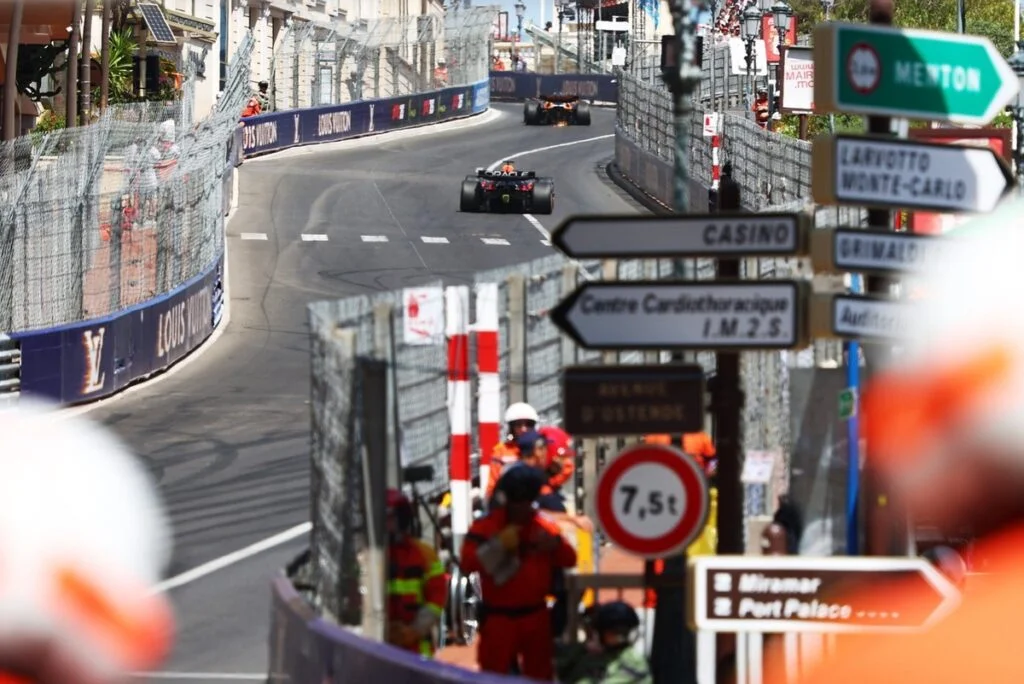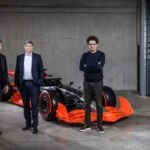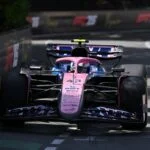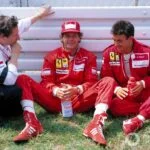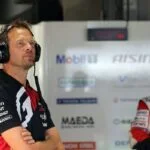The Aftermath of the 2025 Monaco Grand Prix: A Divisive Verdict
The 2025 Monaco Grand Prix has left fans and spectators divided, with many expressing their disapproval on social media platforms. The race, which was marked by two mandatory pitstops, has been criticized as a “farce” and “catastrophic.” One fan even stated, “I’ve been watching Formula 1 for 29 years, but this was truly unbearable.
The Impact on the Hardcore Fan Community
The hardcore fan community has shown clear signs of agitation following the race. However, it is challenging to gauge the reaction of the casual viewer who may not actively engage in social media discussions about Formula 1.
As a traditionalist shaped by the Formula 1 of the late 1980s and early 1990s, I feel uneasy when the outcome of a grand prix depends on chance, as was the case with the Monaco Grand Prix. The particular circumstances in Monte Carlo, where overtaking has been virtually impossible since Antony Noghes decided on the route, have led teams to employ underhanded blocking tactics to maximize their results.
The Uncertainty Factor and Commercial Rights Holder’s Perspective
Despite the criticism, there was a sense of uncertainty right up to the penultimate lap, which is what commercial rights holder Liberty Media wants from every race. A moderately knowledgeable viewer knew Max Verstappen stayed out on track for one reason only: to hope for the gift of a late red flag, which would have practically handed him the win.
The final phase, as Verstappen led the race on completely ruined tyres, holding up first Norris and then Leclerc and Oscar Piastri, may have looked spectacular from the outside – but in reality, it was nothing more than a procession. Overtaking in Monaco is virtually impossible unless the driver ahead wants to be overtaken, as we’ve known since the epic Senna-Mansell showdown in 1992.
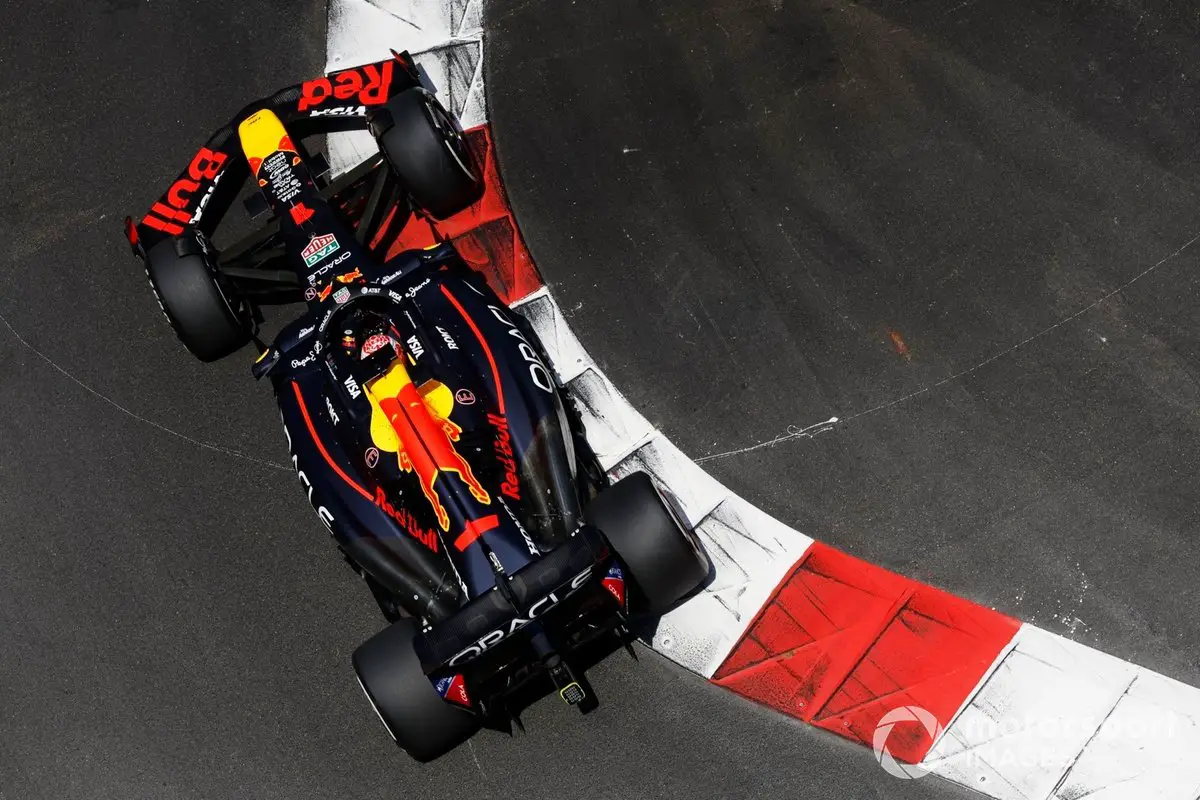
High Points and Memorable Moments
The 100-or-so minutes preceding the race had a few high points, including Gabriel Bortoleto’s bold move around the outside of Kimi Antonelli at the hairpin on the very first lap, and the Italian’s even bolder response just meters later at Portier.
Later in the race, there was at least a moment when it seemed that Isack Hadjar might pull off a huge surprise. The Racing Bulls rookie had already completed both of his mandatory pit stops and, thanks to some dedicated teamwork from Liam Lawson, still held sixth place — even though all the cars ahead of him had yet to pit.
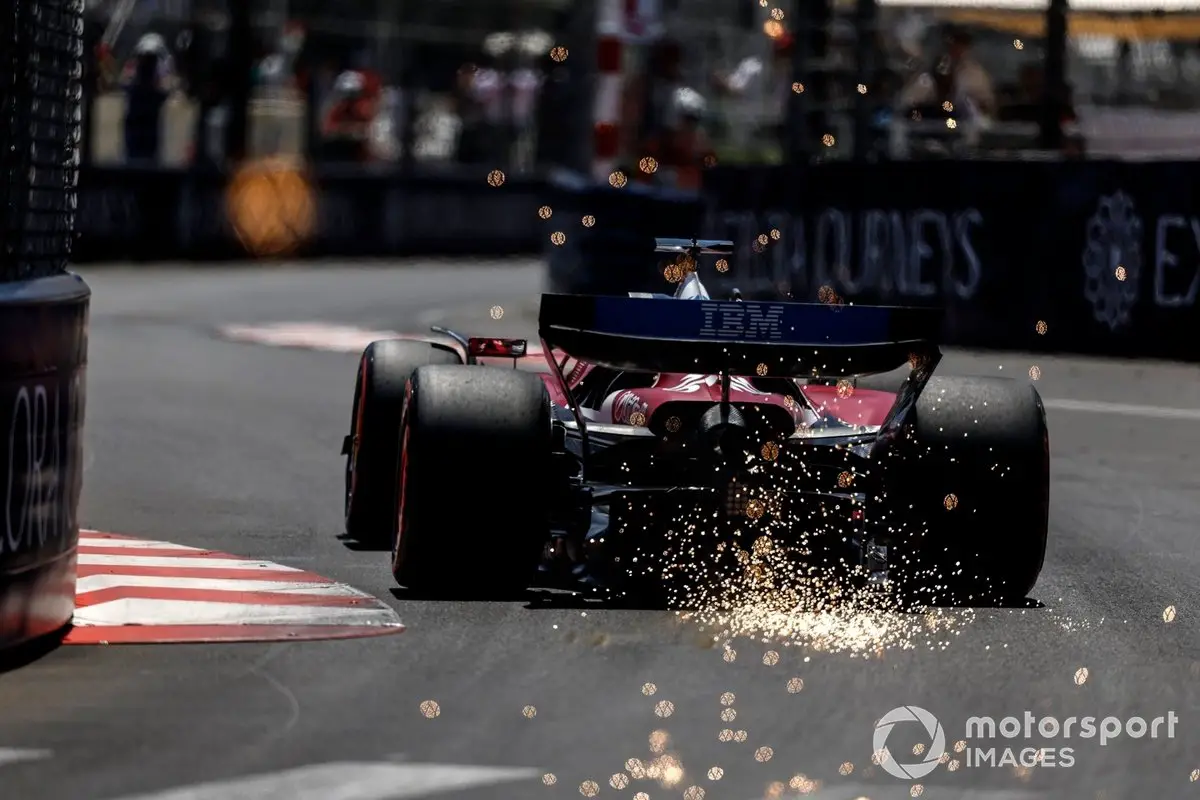
The Origin of the Two-Pitstop Rule
The two-pitstop rule was decided in February 2025 during a meeting of the Formula 1 Commission. F1 CEO Stefano Domenicali picked up on earlier discussions about what could be done to make Monaco more exciting – not just the Saturday qualifying, but the race on Sunday, too. He reintroduced an old idea: to at least consider mandatory pitstops as a way to shake things up.
At one point, there was talk about requiring drivers to use all three tyre compounds (ie hard, medium and soft) during the race. But then Ferrari team boss Frederic Vasseur chimed in with an alternative idea: simply mandate two pit stops, each with a compulsory tyre change. Red Bull team principal Christian Horner was the first to support Vasseur’s proposal.
The SAC later resolved the details – three different tyre sets rather than three different compounds, what to do in wet weather, and so on. Just to be clear: Vasseur was by no means the one who pushed the rule through single-handedly. The entire commission approved it, and the WMSC, which could have vetoed it, didn’t.
The Impact on Ferrari’s Performance and Future Prospects
After eight of the 24 race weekends in 2025, Leclerc sits fifth in the drivers’ standings with 79 points – far behind championship leader Oscar Piastri, who already has 161. And the constructors’ championship is even further out of reach. McLaren leads with a staggering 319 points, while Mercedes (147), Red Bull (143), and Ferrari (142) are left battling it out for a distant second place at best.
Ferrari last won a drivers’ title in 2007 (with Kimi Raikkonen), the constructors’ in 2008. The dream of adding another trophy to the cupboard in Maranello in 2025 is looking increasingly unrealistic, and this, given the enormous expectations in Italy following the spectacular signing of Lewis Hamilton, is ultimately a bitter disappointment.
At the end of 2024 Ferrari seemed to be on the right track – riding in McLaren’s slipstream and on the verge of returning to F1’s fast lane. But then the engineers in Maranello had the idea to rework what had been a functioning technical concept, including a complete overhaul of the suspension. The result is well known.
And again, you don’t have to be a genius to foresee that the pressure on Vasseur could start mounting if Ferrari doesn’t manage a turnaround by 2026 at the latest, when the new regulations come into effect. Building success takes time in Formula 1. But the fact that, after years of Mercedes and Red Bull dominance, it’s now McLaren – not Ferrari – taking the next big step forward, cannot possibly sit well with John Elkann, Ferrari’s top decision-maker. Monaco and Ferrari: two great pillars of the F1 myth. Both are in need of some sympathetic restoration. But fixing their problems is a complex undertaking – and, unfortunately for grand prix racing’s legion of passionate fans, it’s likely to take a while. What last Sunday proved is that when you reach for quick, easy solutions, you get unintended consequences…

